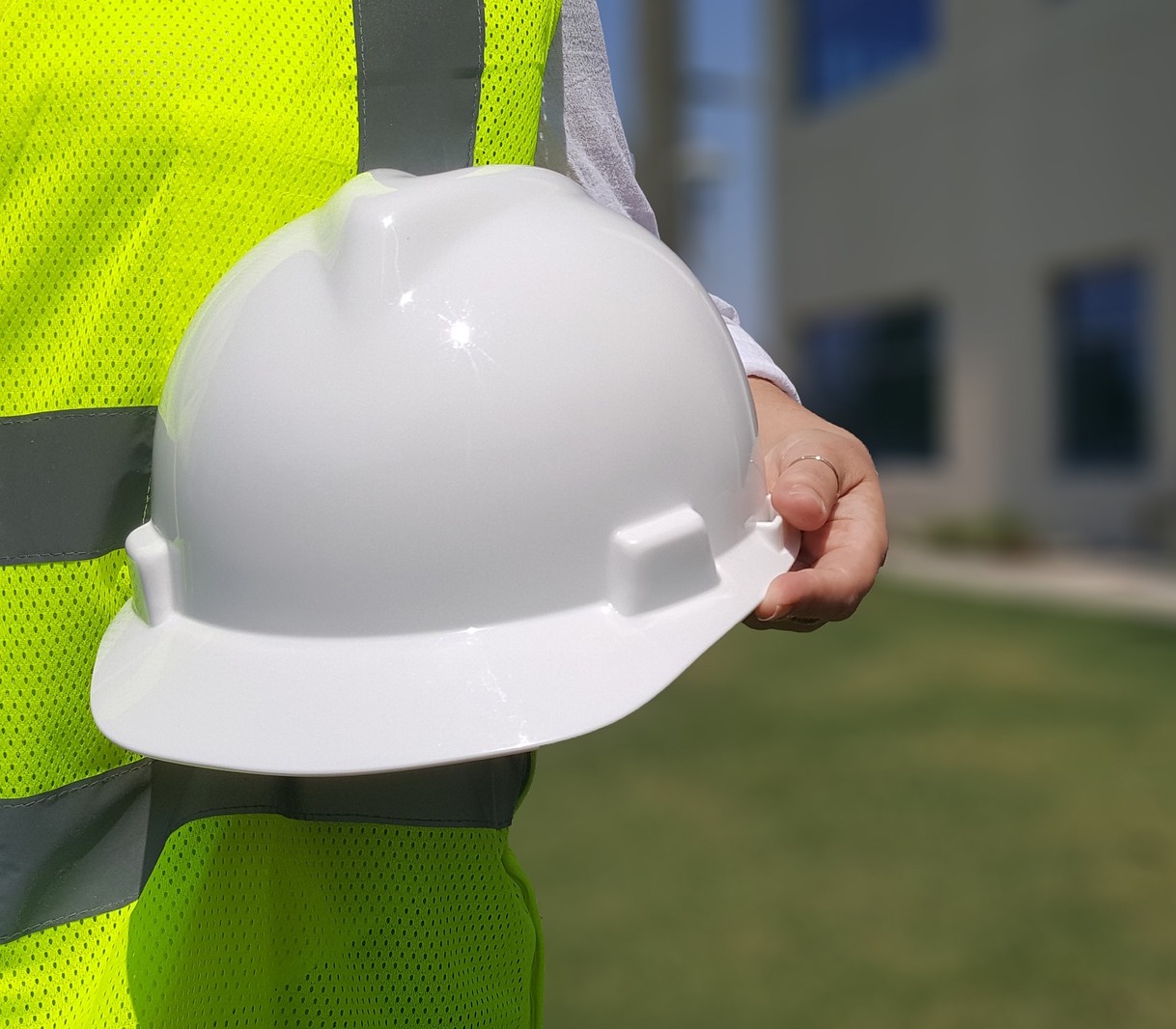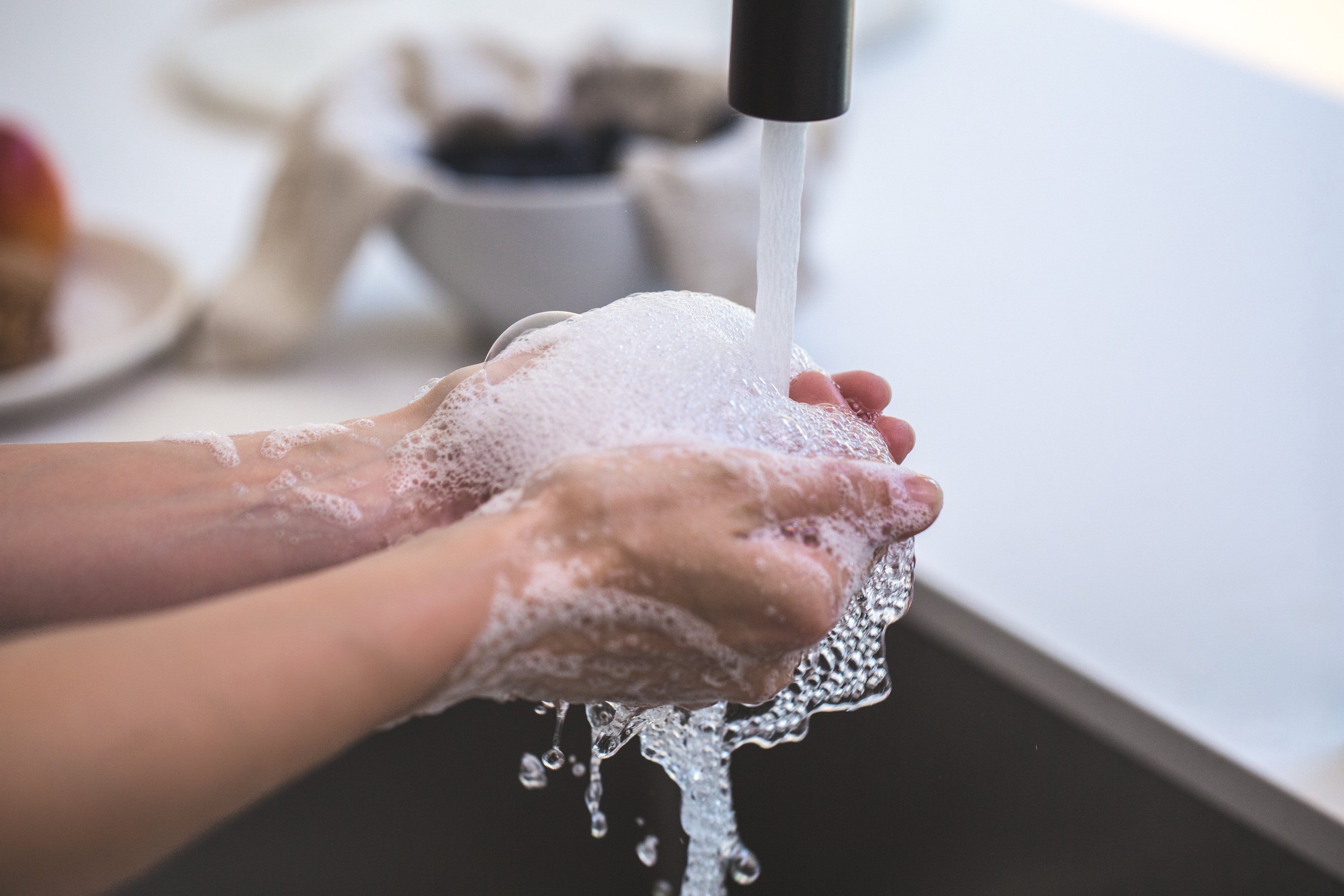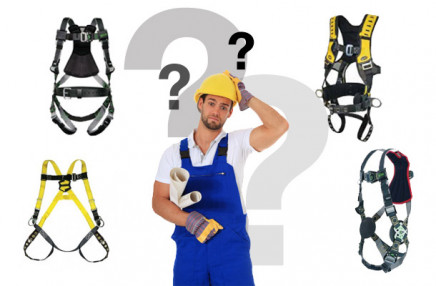How to Clean and Disinfect Your Safety Equipment
Safety goes further than just having the proper equipment in place. Now more than ever, it’s important to maintain a clean and sterile environment at the workplace. Using proper cleaning methods will prevent damage and increase the longevity of your gear.
Bottom line: stay within your manufacturer’s recommendations for cleaning. We know that you may be tempted to get out the bleach or other disinfecting chemicals, but straying from washing your gear according to the manufacturer’s recommendations could result in damage that places you at additional risk. Don’t trade one hazard for another.
Here’s how to properly sanitize and clean your PPE and other safety equipment.
Harnesses
Properly cleaning a safety harness requires special care to ensure the harness isn’t damaged or compromised. You’ll want to get a soapy mixture to scrub down the harness with, clean every part of it, and then let it drip dry, preferably out of the sun. That’s it. But what are the considerations to keep in mind?
- Make sure the soap isn’t abrasive or contains chlorine or bleach. These additives can damage the harness fibers and compromise its integrity.
- Do not use a washer and dryer. This shortcut will damage the harness and hurt the longevity of its use.
- In addition, don’t dry the harness after scrubbing it down with a heat gun or by letting it sit in the sun for too long. The intense heat can damage the fibers.
- Scrub the harness, don’t let it soak. Soaking the fibers can cause expansion and damage the fibers’ integrity.
So, with harnesses, it pretty much comes down to keeping the fibers safe. If you follow these rules, your harness will last a long time.
Don't have time to wash your harnesses? Consider using an anti-microbial spray to quickly disinfect your gear.
Gloves & Lanyards
Similarly to harnesses, gloves and lanyards should be cleaned with a mild detergent, water, and a rag or soft brush. For anything fiber-based, it’s important not to soak the equipment. If you’re using rubber gloves, maybe for electrical work, make sure not to use bleach or hot water that can damage the gloves. Don’t leave the equipment in the sun to dry as they can be damaged both physically and aesthetically. Let them drip dry indoors instead.
Questions about your safety equipment? Chat with an expert todayHardhats

Use soap and water to gently scrub the surfaces of the hat until dirt and grime is removed. The interior of the hard hat can be cleaned just like the exterior. After drying with a towel, let it finish drying in a tepid environment out of the sun.
Goggles
Plastic goggles can be cleaned using a soap and water solution. For these, you can let the goggles soak — be careful not to saturate the fiber straps. Afterward, rinse, wipe down the goggles with a dry rag, and let drip dry.
Metal Systems — General Sanitization
Much of the metal equipment you have in place can be cleaned very easily with soap, water, and a rag. For those hard-to-clean crevices, get a small brush out. Be careful with using anything that may scratch or scrape the equipment. Powder-coated railings are especially susceptible to having the outer layer shaved off. If this happens, the coating will have to be reapplied. Galvanized metal and anodized aluminum is more resistant to this because instead of just a layer on the metal, the metal itself is transformed making it more durable. Whichever you’re working with, maintaining a clean railing will make it last while keeping it sanitary.
Safety Concerns When Cleaning
Whenever you’re cleaning safety equipment, it’s important to stay as safe as possible while doing it. If you have to put yourself near a safety hazard, try to remove that hazard by bringing the equipment to a safer environment first. If you have to use a ladder to clean something like a platform, make sure you know how to properly use the ladder — especially the three points of contact rule. Also, be aware of slip hazards. Washing equipment and surfaces with soapy water can create a slick surface. Be careful to observe where your footing may be compromised as you are cleaning.
Clean Yourself Before and After

No matter what you’re cleaning, it’s important to keep yourself clean. It’s great to have clean equipment, but if you’re dirty and carrying germs, that’ll just spread to the equipment you’re trying to clean. Wash up before you begin cleaning and after you’re done.
Temperature Considerations
If you’re outdoors, you need to consider the weather. If it’s hot and sunny out, metal systems can be blistering hot. Wait for it to cool down or pick a time of day when it’s temperate out, usually early morning or later in the evening. For the cold, you can still clean but it might be difficult when using water. The water may freeze and leave streaks on your equipment. It shouldn’t be a big issue to find a time that works best.
Regular Maintenance Benefits
Keeping equipment clean and maintained is the best way to promote longevity and ensure your systems are working properly. It’s a great time to check for any damage and replace it before its next use. Regular sanitization keeps you and anyone in contact with the equipment from getting sick. The best way to prevent the spread of germs is to make sure everyone has their own safety gear. Having individual PPE and maintaining a regular schedule of cleaning can keep everyone safe and increase the lifespan of the equipment. There are many benefits to each person having their own PPE; it ensures a proper fit, requires less adjustments, and each person is familiar and comfortable with their own gear. Remember, PPE is only effective when used properly.
Determine what type of safety harness is right for your needs.
Recap
At the end of the day, taking care of your equipment isn’t a challenging task. A little soap, some water, and a towel will take care of most of what you need. Staying healthy is part of staying safe and that means keeping things clean or replacing them when it’s time. If you follow these guidelines, you’ll have peace of mind that you’re safe from hazards and germs alike.

